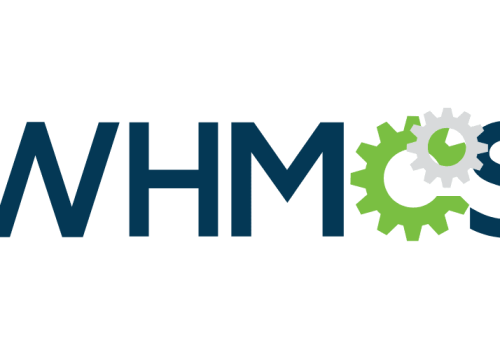
Top-level domains (TLDs) are the highest-level domains in the Domain Name System (DNS) hierarchy. They are the suffixes that appear at the end of a domain name, such as .com, .org, .edu, .gov, .net, and many others.
The Domain Name System is the hierarchical and decentralized naming system that identifies devices and resources on the internet. It is responsible for translating human-readable domain names into the numeric IP addresses that computers use to communicate with each other.
Top-level domains play a crucial role in this system, as they provide a structured way to categorize and organize domain names on a global scale. Here’s a more detailed overview of top-level domains:
Types of top-level domains:
There are several different types of top-level domains, each with its own unique purpose and characteristics:
Generic Top-Level Domains (gTLDs): These are the most well-known and widely used TLDs, such as .com, .org, .net, .edu, and .gov. They are not typically associated with a specific country or region.
Country Code Top-Level Domains (ccTLDs): These TLDs are assigned to specific countries or territories, such as .us (United States), .uk (United Kingdom), .de (Germany), and .jp (Japan).
Sponsored Top-Level Domains (sTLDs): These TLDs are sponsored and managed by specific organizations or entities, such as .gov (US government), .mil (US military), and .aero (aviation industry).
Internationalized Top-Level Domains (IDNs): These TLDs support non-Latin scripts, allowing domain names to be registered in languages that use different writing systems, such as Chinese, Arabic, or Cyrillic.
Governance and management of top-level domains:
The management and governance of top-level domains are overseen by several international organizations and authorities:
Internet Corporation for Assigned Names and Numbers (ICANN): ICANN is the nonprofit organization responsible for the global coordination of the DNS, including the allocation and management of top-level domains.
The Internet Assigned Numbers Authority (IANA): IANA, a function of ICANN, is responsible for the overall management of the DNS root zone, which includes the delegation and administration of top-level domains.
Country-level authorities: For country code top-level domains (ccTLDs), the management and administration are typically delegated to national or regional authorities within the respective countries or territories.
Importance and uses of top-level domains:
Top-level domains serve several critical functions and purposes:
Identification and branding: Top-level domains help to identify and differentiate websites, organizations, and online entities, providing a recognizable and memorable component of a domain name.
Geographical and industry-specific targeting: The use of country code TLDs (ccTLDs) and sponsored TLDs (sTLDs) allows for targeted online presence and marketing within specific regions or industries.
Technical and infrastructure management: Top-level domains are essential for the technical infrastructure of the internet, as they provide the foundation for the hierarchical DNS and enable the efficient routing and delivery of internet traffic.
Policy and regulation: The governance and management of top-level domains are subject to various policies, regulations, and dispute resolution processes, which help to ensure the stability, security, and fairness of the domain name system.
Top-level domains are a fundamental component of the internet’s infrastructure, providing a structured and globally recognized way to identify and organize online resources. The continued evolution and expansion of TLDs have played a significant role in the growth and development of the internet as a global communication and information network.




















